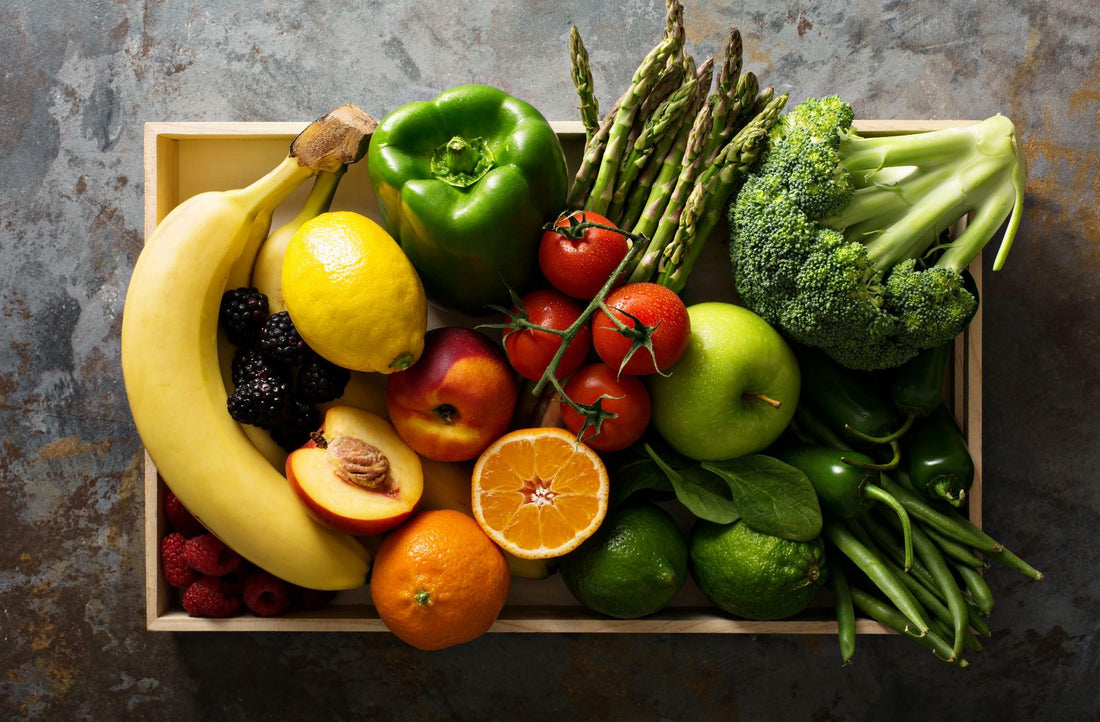We all know we should be eating more vegetables every day. After all, they’re filled with important nutrients that help keep our bodies functioning properly. But having a salad every day for lunch can get pretty old pretty fast, and may not be enough to meet your daily requirement (about two and a half cups a day). If the veggie-eating struggle is real, read on to find out how you can get more of the good stuff in your diet.
How to Add Vegetables to Your Diet
Harvard Health Publishing states that some of the barriers to adding vegetables to your diet are budget (vegetables are perceived as expensive), preparation time, and unfamiliarity. But consider the medical bills you’ll have when you suffer from poor health and suddenly, vegetables are a good investment. There are frozen and pre-chopped vegetables available in the market now to help cut down on prep time. And the more you cook with vegetables, the more familiar you become with their specific flavors and best ways of cooking, and the easier it gets.
You can start by snacking on carrot sticks and celery but munching on plain, raw vegetables might not be the best way to add vegetables to your diet. Try the following workarounds:
- • Incorporate vegetables into every meal. Mix some kangkong into your breakfast omelet; put some cucumbers, sprouts, and lettuce in your lunch sandwich; and have a hearty vegetable soup for dinner.
- • Sneak them in. You can mix finely grated carrots into rice or meatballs, or a pumpkin puree into spaghetti sauce.
- • Add flavor. Try dipping vegetable sticks into hummus. Roasting veggies can also bring out a different flavor profile: Chop up some zucchini, eggplants, and carrots; toss them in olive oil; sprinkle with salt and pepper; and pop into the oven. Herbs and spices can likewise make them tastier.
- • Drink up. Whether it’s juice or a green smoothie, liquifying your veggies is an easier way to help you meet your daily needs.
Best Vegetables to Add to Your Diet
Whatever you put in your shopping cart, you really can’t go wrong as all vegetables pack a nutrient punch. But these five are hard to beat when it comes to their vitamin and mineral content. We’ve included ideas for serving them to help break down the “unfamiliarity” barrier and get you eating more of the good stuff, stat.
Kale. In a ranking of the best veggies by healthy-eating organization Food Day, kale came out on top. This dark green, curly-leafed vegetable has a slightly bitter profile that may be an acquired taste, but its powers can’t be denied: A cup contains a whopping 684% of the recommended daily value of Vitamin K, which is good for blood health. It’s also loaded with Vitamin A (good for eye health) and Vitamin C (good for your immune system). It also contains free radical-fighting antioxidants.
Serving suggestions: Kale can be a bit tough and rubbery, so try massaging the leaves with some low-calorie dressing before chowing down. (It sounds silly but it will help soften them up.) You can also throw them in some soup or blend them into a smoothie. You can even turn them into chips! Just coat with some olive oil, salt, and pepper, and bake for a satisfyingly crisp snack.
Spinach. Popeye had the right idea—spinach is packed with so many nutrients that it might as well give you superpowers! It has enough Vitamin K and lutein (for eye health) to meet your daily requirements plus it contains healthy doses of other minerals like iron and calcium.
Serving suggestions: You can keep things simple by steaming or boiling spinach but if you’re looking for something a little more fun, then mix it into a dip with some cheese and artichokes.
Carrots. This orange vegetable has long been touted for its benefits when it comes to eye health as it contains plenty of Vitamin A and lutein.
Serving suggestions: Aside from sneaking grated carrots into spaghetti sauce and mixing it with rice, you can also mix it into baked goods like muffins. (That’s not an excuse to binge on carrot cake every day though.)
Broccoli. A member of the cruciferous family of vegetables, this green veg is closely related to cauliflower and cabbage. It contains Vitamin C, Vitamin K, lutein, folate, magnesium, and potassium, as well as a compound called sulforaphane, which may provide protection against cancer.
Serving suggestions: Eat it raw, steamed, or roasted, or include it in a pasta dish. You can also chop it up into very fine pieces and include in a frittata or omelet.
Peas. Peas are proof that big things come in small packages. These little green seeds are packed with iron, folate, fiber, protein, Vitamin A, Vitamin C, and Vitamin K, among other nutrients. A study published in the International Journal of Cancer even found that eating peas and legumes every day lowered the risk of stomach cancer. Do note that peas are a starchy vegetable, meaning they’re higher in carbs than other vegetables. If you’re watching your blood sugar, you might want to limit your intake.
Serving suggestions: Mix them into a stir-fry, soup, or pasta, or whip up a pea puree or soup. Don’t limit yourself to the list and explore the many different kinds of vegetables and creative ways to prepare them.
sources:
https://www.health.harvard.edu/staying-healthy/13-ways-to-add-fruits-and-vegetables-to-your-diet
https://www.heart.org/en/healthy-living/healthy-eating/add-color/how-to-eat-more-fruits-and-vegetables
https://tasty.co/article/deenashanker/find-out-which-vegetables-are-the-best-for-you
https://www.healthline.com/nutrition/14-healthiest-vegetables-on-earth#section7
https://www.rd.com/health/healthy-eating/healthiest-vegetables/
https://www.healthline.com/nutrition/10-proven-benefits-of-kale





